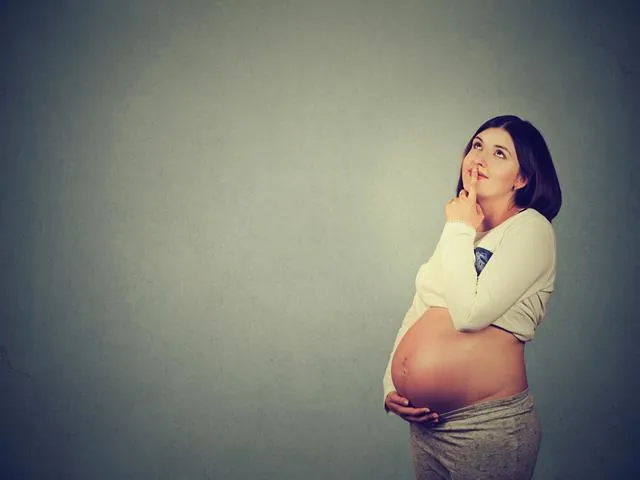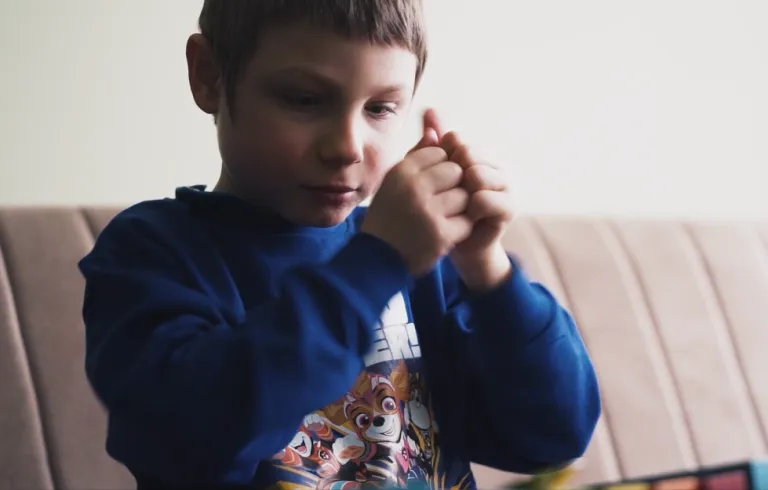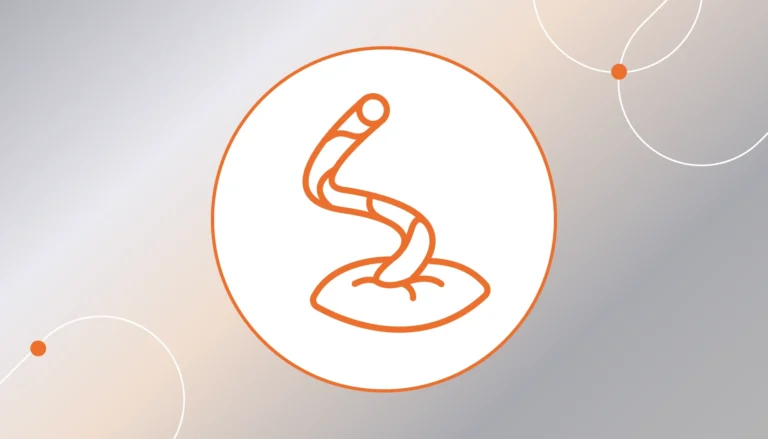A twin pregnancy means not only duplicated happiness, but also twice as many responsibilities and worries. Carrying twins under the heart carries slightly more risks than a single pregnancy. It turns out that due to the greater availability of hormone therapy, the likelihood of having a multiple pregnancy is increasing every year, and now stands at 1/85 of cases.
A twin pregnancy is a high-risk pregnancy because not one, but two beating hearts, brains or lungs are monitored at each stage of pregnancy. There is no recipe for how to get pregnant with twins. It by no means depends on diet or the specific steps to be taken to expect twins. In most cases, multiple pregnancies are genetic or related to long-term hormone treatment.
Types and general symptoms of twin pregnancy
A woman with a twin pregnancy has an excessively large abdomen and may feel movements in different parts of the abdomen. There are two types of multiple pregnancies. The first of these, monozygotic twins, are identical in terms of genetics – they result from the fertilization of a single egg cell. This makes monozygotic twins the same sex. A distinction is made between monozygotic and dizygotic twins depending on whether they have separate or shared chorionic villi (fetal membranes). Dioecious twins are formed by the fusion of two egg cells with two sperm cells. In this case, gender is a lottery. The chance of twins increases when there have already been similar pregnancies in the family. The delivery time for a twin pregnancy depends on the type of pregnancy. In monochorionic monochorionic, it is usually 34 weeks, and in monochorionic bicorionic after 36. This is a good time because both children already have properly developed lungs and are adapted to life outside the womb. However, there is no denying that such a birth involves greater risks and potential complications.
Ultrasound in twin pregnancy
A twin pregnancy in the first three weeks can cause nausea and vomiting due to higher beta-hcg levels. After the twelfth week of pregnancy, the mother-to-be can confirm her assumption of a twin pregnancy at a routine ultrasound. Ultrasound with twins recognizes not only the number of fetal follicles, but also the approximate age of the fetuses, as well as possible birth defects.
Twin pregnancy week by week
Monozygotic and dizygotic twin pregnancies give strong symptoms as early as around 4 weeks of pregnancy. Unfortunately, the mother-to-be faces more intense nausea, vomiting and pain than a woman expecting a single offspring. The belly in a twin pregnancy is up to twice as large therefore, the last trimester of pregnancy is extremely uncomfortable. This has to do with varicose veins in the legs and nagging back pain, to which the weight of two children contributes. Many mothers with twin pregnancies complain of sleep problems because they find it difficult to find a comfortable sleeping position. Other difficulties are related to bending and dressing. Symptoms of twin pregnancy are also intestinal problems. Usually you eat more often, but smaller portions. Babies take up a great deal of space, even where the stomach is, which leads to its compression. In the final stage of pregnancy, breathing problems occur because the presence of toddlers raises the diaphragm, which contributes to shallow breathing.
Read also: How to prepare for childbirth?
Rate this article:










